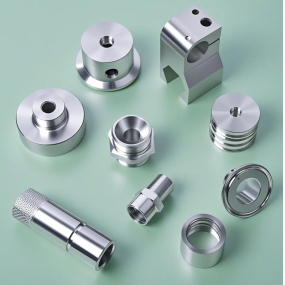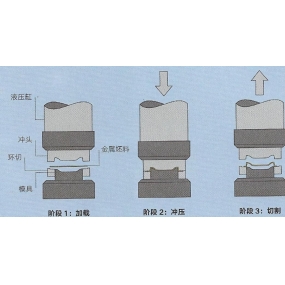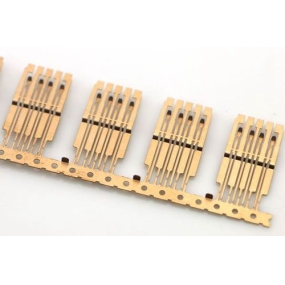Aviation parts processing is a highly specialized field that involves the manufacturing and processing of complex and precise aviation components. These parts typically need to meet extremely high precision and reliability requirements to ensure the safety and performance of the aircraft. The material requirements for aviation parts processing are very strict, because aviation parts need to withstand extreme working environments and complex mechanical conditions. The following are some main requirements:  1, Strength and Stiffness: Aviation materials must have sufficient strength and stiffness to withstand various loads during flight, including weight, aerodynamic forces, and ground vibrations. This is the foundation for ensuring the safety of aircraft. 2. Lightweight: Aviation materials should be as lightweight as possible while maintaining strength and stiffness to reduce aircraft weight, improve fuel efficiency, and enhance flight performance. 3. Corrosion and heat resistance: Aviation materials need to have good corrosion and heat resistance to adapt to flight and operation under different environmental conditions, such as extreme environments such as high temperature, high humidity, and high salinity. Machinability and Weldability: Aviation materials should have good processability and weldability to facilitate the manufacturing and maintenance of aircraft. For example, some materials may be too hard to be processed, or difficult to process due to poor welding performance. In practical applications, commonly used materials for aviation parts processing include high-temperature alloys, high-strength steels, composite materials, and titanium alloy engineering ceramics. Although these materials can meet the manufacturing requirements of the aerospace industry, their processing performance is relatively poor, and special tools and cutting equipment need to be used for processing in actual use.
1, Strength and Stiffness: Aviation materials must have sufficient strength and stiffness to withstand various loads during flight, including weight, aerodynamic forces, and ground vibrations. This is the foundation for ensuring the safety of aircraft. 2. Lightweight: Aviation materials should be as lightweight as possible while maintaining strength and stiffness to reduce aircraft weight, improve fuel efficiency, and enhance flight performance. 3. Corrosion and heat resistance: Aviation materials need to have good corrosion and heat resistance to adapt to flight and operation under different environmental conditions, such as extreme environments such as high temperature, high humidity, and high salinity. Machinability and Weldability: Aviation materials should have good processability and weldability to facilitate the manufacturing and maintenance of aircraft. For example, some materials may be too hard to be processed, or difficult to process due to poor welding performance. In practical applications, commonly used materials for aviation parts processing include high-temperature alloys, high-strength steels, composite materials, and titanium alloy engineering ceramics. Although these materials can meet the manufacturing requirements of the aerospace industry, their processing performance is relatively poor, and special tools and cutting equipment need to be used for processing in actual use.
Hello! Welcome to EMAR's website!
 English
English » »
» »
 Spanish
Spanish Arabic
Arabic French
French Portuguese
Portuguese Belarusian
Belarusian Japanese
Japanese Russian
Russian Malay
Malay Icelandic
Icelandic Bulgarian
Bulgarian Azerbaijani
Azerbaijani Estonian
Estonian Irish
Irish Polish
Polish Persian
Persian Boolean
Boolean Danish
Danish German
German Filipino
Filipino Finnish
Finnish Korean
Korean Dutch
Dutch Galician
Galician Catalan
Catalan Czech
Czech Croatian
Croatian Latin
Latin Latvian
Latvian Romanian
Romanian Maltese
Maltese Macedonian
Macedonian Norwegian
Norwegian Swedish
Swedish Serbian
Serbian Slovak
Slovak Slovenian
Slovenian Swahili
Swahili Thai
Thai Turkish
Turkish Welsh
Welsh Urdu
Urdu Ukrainian
Ukrainian Greek
Greek Hungarian
Hungarian Italian
Italian Yiddish
Yiddish Indonesian
Indonesian Vietnamese
Vietnamese Haitian Creole
Haitian Creole Spanish Basque
Spanish Basque












